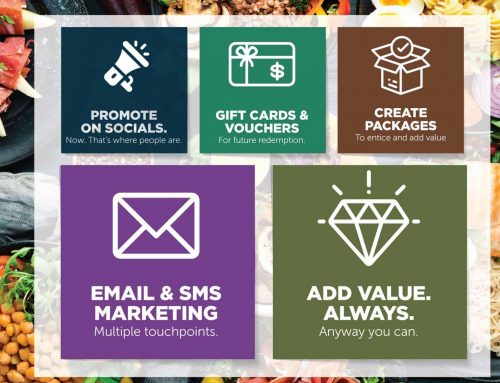I did a presentation last week to 9 small business owners / managers about the simple things that make improve the customer experience on their websites.
I love doing these because I get to talk about what I love – design, clean space, rules (!) imagery, and emotion. As business owners, we tend to forget that people buy from people, and generally speaking, they buy from people they like and trust. The main aim of these workshops is to impart practical and usable information for small to medium business owners to implement straight away. There is no value in delivering information that they can’t use, and, for me, it is all about value for the attendees.
This time was even better than normal – and they are always enjoyable. One of the business owners said, ‘You are one of us, and you understand what we need.’
This is actually extremely high praise as far as I am concerned, and actually, he is right. We are small to medium business owners, and we understand how it works.
So, here is the list of practical website tips that you can apply to your website right now.
7 Website design tips
1. Above the fold is gold. Cheesy I know, but true. What do you want your visitors to do when they get to your page? Whatever it is, make it instantly clear, and ensure your contact details, social media links, buy now buttons etc are super visible.
2. Keep the design standardised where possible. This means have your elements in the place that your customers expect to see them. For example, have the logo in the top left, the phone number top right. We have become used to webpages being designed in a certain way, so to upset that expectation is to risk losing their attention.
3. Images pack more punch. Where you can use an image to express the benefits of your business, do so. We have a saying here, images are for users, content is for google. Utilise the traditional method of an image with a headline to get a fast connection.
4. Content counts. The right content, well written, with the right keywords, will assist your google ranking (see point 3). Include blogs and video where possible to oomph that ranking result as much as possible.
5. Be mobile. As well as helping your google ranking, having a mobile responsive or custom mobile site makes for a better user experience. And if your users are happy, you should be happy.
6. Remember who you are speaking to. Remember your customers, and what they are looking for. Speak to that need, that pain point, and be the one that can help them. Only then start to talk about what you can do for them, and how.
7. Less is more. As Coco Chanel said, before you leave the house, take one thing off. The same counts for websites – if it doesn’t have a purpose, ditch it.
If you aren’t able to implement these, give us a call. And do it fast, because you don’t know how many people are visiting your site, and NOT calling you.



